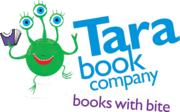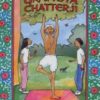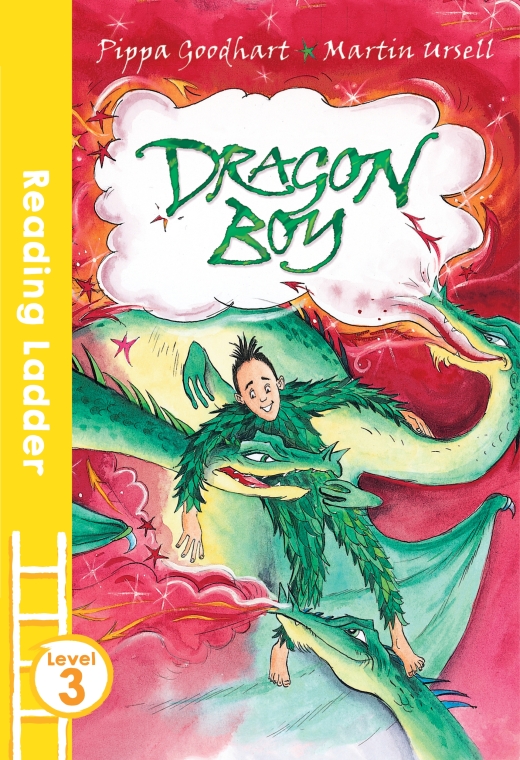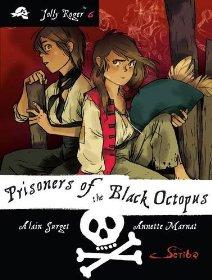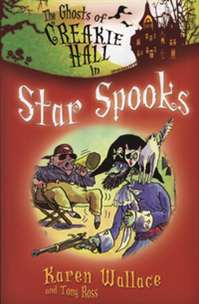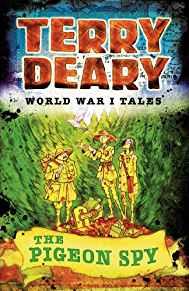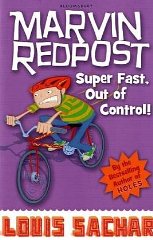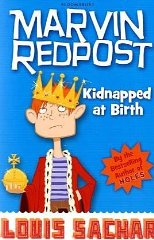Dragon Boy (Reading Ladder Level 3)
Author: Goodhart, P
Reading Age: 7 to 8 Second Class
Publisher: Egmont Books Ltd
Illustrator: Ursell, S
ISBN-13: 9781405282383
Number of pages: 48
From the Publisher
Granda is different from other folk-he talks to the hills. One day, he tells his granddaughter, Lily, an old story about Dragon Boy-a human child who was raised by a dragon... Read more
€6.99 Original price was: €6.99.€6.50Current price is: €6.50.
In stock online

From the Publisher
Granda is different from other folk-he talks to the hills. One day, he tells his granddaughter, Lily, an old story about Dragon Boy-a human child who was raised by a dragon mother. The young lad lived happily with his family in the Dragon Hills. He looked like a dragon in his costume of leaves, and he learnt to sing dragon songs. But he couldn’t make fire like his dragon friends and somehow, he still felt as if he was the odd one out. Then one day, Dragon Boy is reunited with his real mother and goes to live with his human family, but he still misses his dragon past and he still talks to them when he can. Just like Granda in fact, thinks Lily!
Red Bananas
These would suit NC level 3 readers, second class ages 8 to 9
Reading challenges and support offered by the books:
These books offer longer stories than the Blue Banana books. The stories are divided into chapters. This structure will support children’s understanding of how to read longer books.
The chapter structure also allows children to think about how chapters begin and end. Stopping to think about this, talking about what has happened in the chapter and what might happen in the next will also help children’s understanding of story shape and support both their reading and their writing.
Within the chapters, stories are paragraphed, another development from the Blue Bananas. This will again help children to chunk up their reading and make sense of longer units of text. They may need to be taught how to do this.
The stories increase in complexity within this strand of the series. Some stories (like Dragon Boy by Pippa Goodhart) demand that children empathise with a character who is different. Some stories (like Press Play by Anne Fine) include different kinds of texts within the main texts, which places extra demands on children who have to recognise the different ‘voices’.
The language within the books becomes more literary. As well as similes and word play, there is also lyrical description. Some children may find this more difficult to read, but can be encouraged to use the descriptions to create images in their heads, and may also be encouraged to think about the choices and intentions of the writer.
